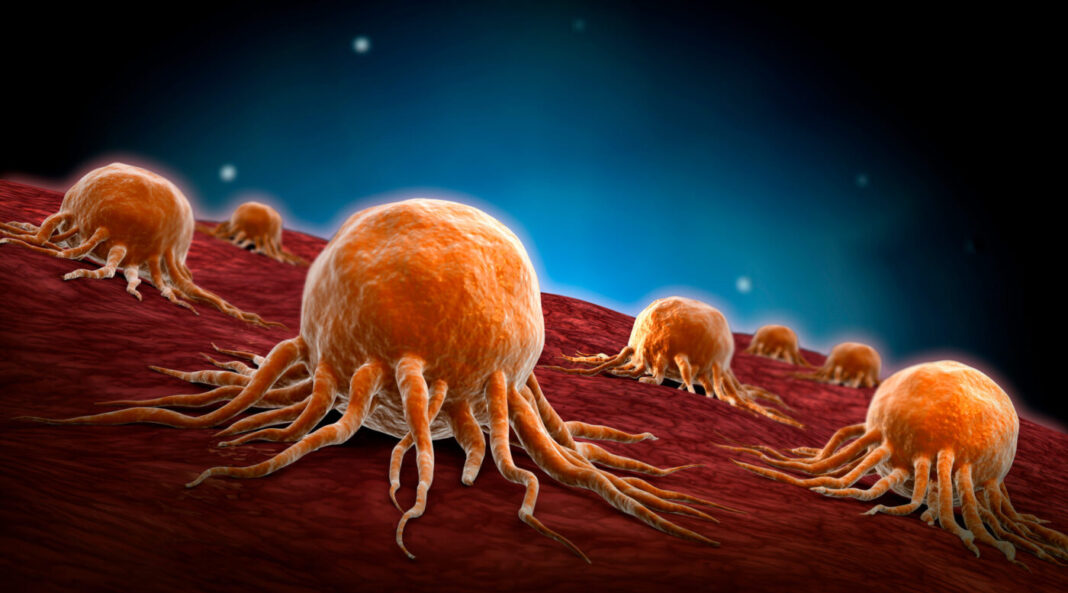A study by researchers at the University of California, San Francisco (UCSF), demonstrates a new way of looking at cancer immunotherapy. The researchers obtained tumor specimens from 78 UCSF clinicians, surveyed 364 tumors biopsies from patients, and categorized them into groups based on their immune microenvironment.
Their findings are published in the journal Cell in a paper titled, “Discovering dominant tumor immune archetypes in a pan-cancer census,” and led by first co-authors Alexis Combes, PhD, and Bushra Samad, and senior author, Max Krummel, PhD.
“Cancers display significant heterogeneity with respect to tissue of origin, driver mutations, and other features of the surrounding tissue,” the researchers wrote. “It is likely that individual tumors engage common patterns of the immune system—here ‘archetypes’—creating prototypical non-destructive tumor immune microenvironments (TMEs) and modulating tumor targeting. To discover the dominant immune system archetypes, the UCSF Immunoprofiler Initiative (IPI) processed 364 individual tumors across 12 cancer types using standardized protocols.”
“This is a new framework for how to look at cancer patients,” said Combes, director of the D2B CoLab and incoming assistant professor in the department of pathology at UCSF. “This work will help clinicians find the right biology to target and avoid targeting cells that aren’t present in the tumor.”
The researchers sought to determine why immunotherapies work for some people and not others.
“It’s more complex than responders and non-responders,” explained Krummel, the Robert E. Smith endowed chair in experimental pathology and director of the Krummel Lab at UCSF. Our goal was to discern how many responses there are to these targeted therapies.”
The researchers observed a variety of cancers come in prescribed forms. They characterized different microenvironments in the tumors, looking at which immune cells were present and which genes were expressed.
“We could see that the tumors and their environments inform each other,” said Combes.
The researchers sorted the tumors into 12 groups and called them archetypes. They observed that the tumors contained a wide range of immune cells, such as macrophages, and NK and B cells—beyond the T cells which are the focus of current immunotherapies.
“Unbiased interrogation of multiple data sources including genetic sequencing, cell surface markers, imaging, and patient clinical data, set the groundwork atop which we were able to identify and describe these immune archetypes,” added Samad, a data scientist at UCSF.
Using this grouping framework not only identifies which tumors may be vulnerable to current immunotherapies, but also identifies which patients may be most responsive in which clinical trial.
“This framework allows us to eliminate a bunch of noise,” said Krummel. “We may have been targeting cells that weren’t even in the tumor.”
“This is just the beginning of this project,” said Krummel. “We believe this is the next step in personalized medicine for cancer therapy. When the immunotherapy you design can thus be placed against the correct biology. That biology may not always go by a name we’ve heretofore known. Archetypes, we think, are those names.”


